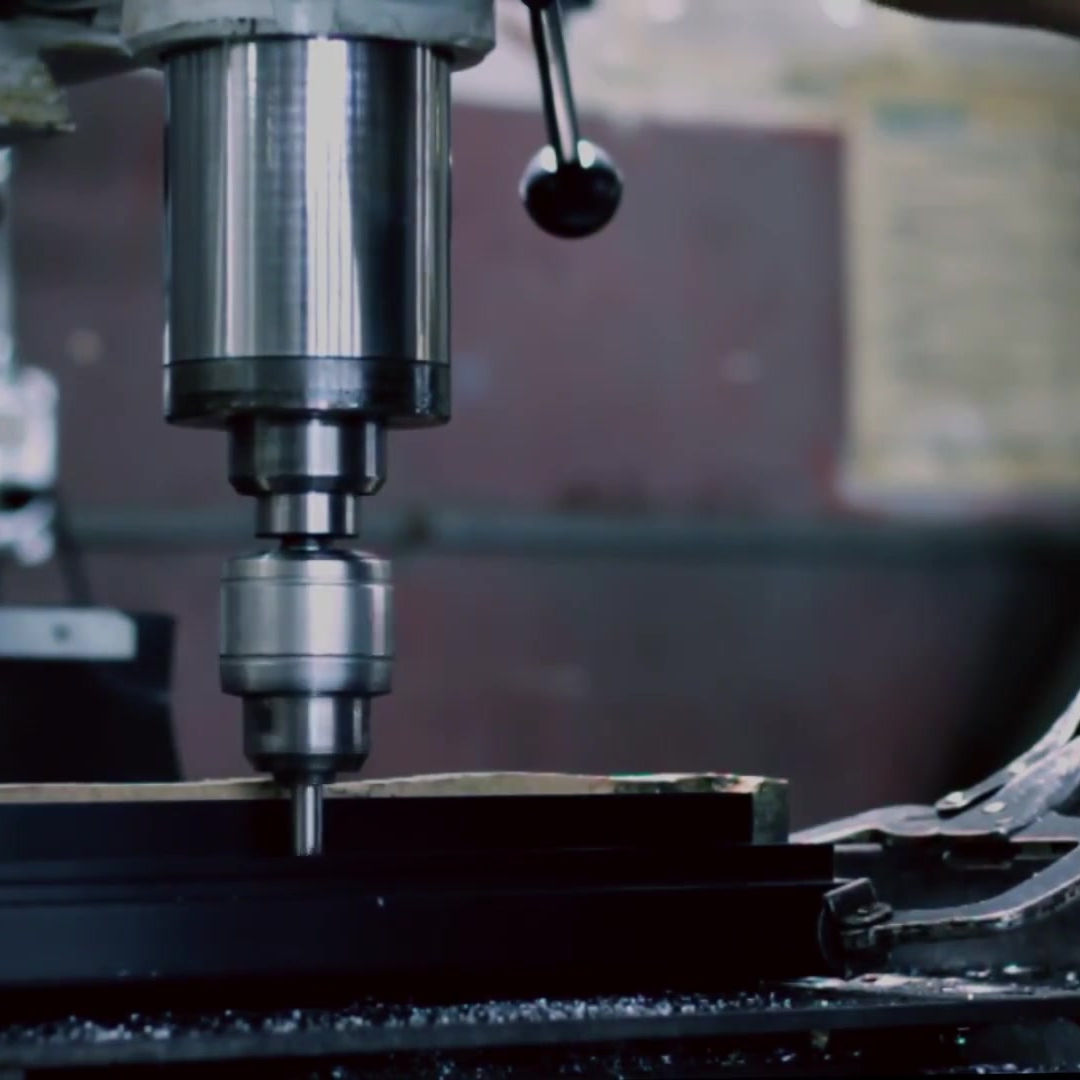


Global Custom Manufacturer, Integrator, Consolidator, Outsourcing Partner for a Wide Variety of Products & Services.
We are your one-stop source for manufacturing, fabrication, engineering, consolidation, integration, outsourcing of custom manufactured and off-shelf products & services. We also private label / white label your products with your brand name if you wish.
Choose your Language
-
Custom Manufacturing of Parts, Components, Assemblies, Finished Products, Machines and Industrial Equipment
-
Domestic & Global Contract Manufacturing
-
Manufacturing Outsourcing
-
Domestic, Global Procurement of Industrial Products
-
Private labeling / White Labeling your Products with your Brand Name
-
Product Finding & Locating Services
-
Global Design and Channel Partnership
-
Engineering Integration
-
Engineering Services
-
Global Consolidation, Warehousing, Logistics
Another popular NON-CONVENTIONAL MACHINING technique we frequently use is ULTRASONIC MACHINING (UM), also widely known as ULTRASONIC IMPACT GRINDING, where material is removed from a workpiece surface by microchipping and erosion with abrasive particles using a vibrating tool oscillating at ultrasonic frequencies, aided by an abrasive slurry that flows freely between the workpiece and the tool. It differs from most other conventional machining operations because very little heat is produced. The tip of the ultrasonic machining tool is called a “sonotrode” which vibrates at amplitudes of 0.05 to 0.125 mm and frequencies around 20 kHz. The vibrations of the tip transmit high velocities to fine abrasive grains between the tool and the surface of the workpiece. The tool never contacts the workpiece and therefore the grinding pressure is rarely more than 2 pounds. This working principle makes this operation perfect for machining extremely hard and brittle materials, such as glass, sapphire, ruby, diamond, and ceramics. The abrasive grains are located within a water slurry with a concentration between 20 to 60% by volume. The slurry also acts as the carrier of the debris away from the cutting / machining region. We use as abrasive grains mostly boron carbide, aluminum oxide and silicon carbide with grain sizes ranging from 100 for roughing processes to 1000 for our finishing processes. The ultrasonic-machining (UM) technique is best suited for hard and brittle materials like ceramics and glass, carbides, precious stones, hardened steels. The surface finish of ultrasonic machining depends upon the hardness of the workpiece/tool and the average diameter of the abrasive grains used. The tool tip is generally a low-carbon steel, nickel and soft steels attached to a transducer through the toolholder. The ultrasonic-machining process utilizes the plastic deformation of metal for the tool and the brittleness of the workpiece. The tool vibrates and pushes down on the abrasive slurry containing grains until the grains impact the brittle workpiece. During this operation, the workpiece is broken down while the tool bends very slightly. Using fine abrasives, we can achieve dimensional tolerances of 0.0125 mm and even better with ultrasonic-machining (UM). Machining time depends upon the frequency at which the tool is vibrating, the grain size and hardness, and the viscosity of the slurry fluid. The less viscous the slurry fluid, the faster it can carry away used abrasive. Grain size must be equal or greater than the hardness of the workpiece. As an example we can machine multiple aligned holes 0.4 mm in diameter on a 1.2 mm wide glass strip with ultrasonic machining.
Let us get a little bit into the physics of the ultrasonic machining process. Microchipping in ultrasonic machining is possible thanks to the high stresses produced by particles striking the solid surface. Contact times between particles and surfaces are very short and in the order of 10 to 100 microseconds. The contact time can be expressed as:
to = 5r/Co x (Co/v) exp 1/5
Here r is the radius of the spherical particle, Co is the elastic wave velocity in the workpiece (Co = sqroot E/d) and v is the velocity that the particle hits the surface with.
The force a particle exerts on the surface is obtained from the rate of change of momentum:
F = d(mv)/dt
Here m is the grain mass. The average force of the particles (grains) hitting and rebounding from the surface is:
Favg = 2mv / to
Here to is the contact time. When numbers are plugged into this expression, we see that even though the parts are very small, since the contact area is also very small, the forces and thus the stresses exerted are significantly high to cause microchipping and erosion.
ROTARY ULTRASONIC MACHINING (RUM): This method is a variation of ultrasonic machining, where we replace the abrasive slurry with a tool that has metal-bonded diamond abrasives that have been either impregnated or electroplated on the tool surface. The tool is rotated and ultrasonically vibrated. We press the workpiece at constant pressure against the rotating and vibrating tool. The rotary ultrasonic machining process gives us capabilities such as producing deep holes in hard materials at high material removal rates.
Since we deploy a number of conventional and non-conventional manufacturing techniques, we can be of help to you whenever you have questions about a particular product and the fastest and most economical way of manufacturing & fabricating it.


















